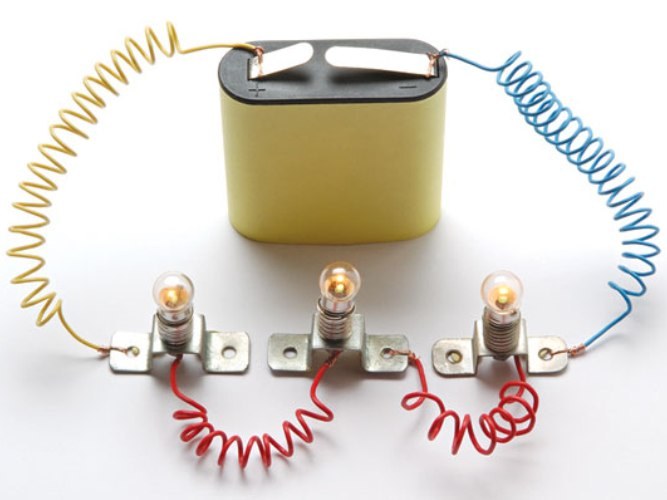Instruction
1
Start your acquaintance with the scheme of allocation of power circuits. As a General rule, the supply voltage to the cascades of the device are located on the diagram above. Power is supplied to the load, and then comes to the anode of the vacuum tube or the collector circuit of the transistor. Find the junction of the electrode with the corresponding terminal of the load; in this place the amplified signal is removed from the cascade.
2
To determine the input of each circuit of the cascade. Highlight the main controlling element of the cascade and explore the adjacent support elements.
3
Locate the capacitors located before the input stage and its output. These elements play an important role in strengthening the AC voltage. Capacitors are not designed to pass DC, so the input impedance of the next block will not be able to bring a cascade of steady state DC current.
4
Proceed to familiarize with the cascades that amplify the signal DC. The components forming the voltage, connect here without capacitors. Most of these cascades are operating in analog mode.
5
Determine a series of cascades, to identify the direction of signal flow. Pay special attention to frequency converters and detectors. Find out which of the cascades are connected in series and which in parallel. At parallel connection of multiple cascades of signals are processed independently of one another.
6
In addition to the wiring diagram examine the accompanying diagram of connections (the so-called wiring harness). Layout features of electronic devices will help to understand what are the main blocks of the system. The drawings also make it easier to determine the Central element of the system and the interaction between it and the auxiliary subsystems.




